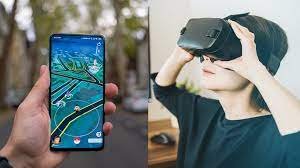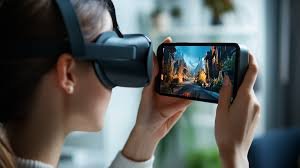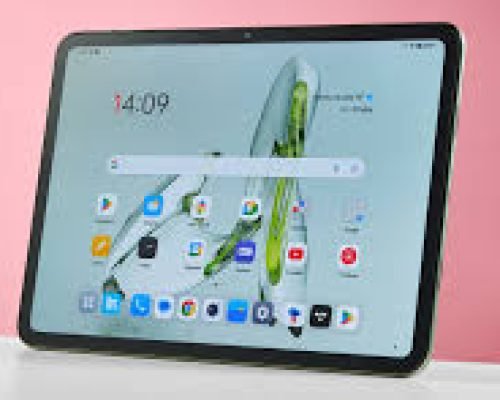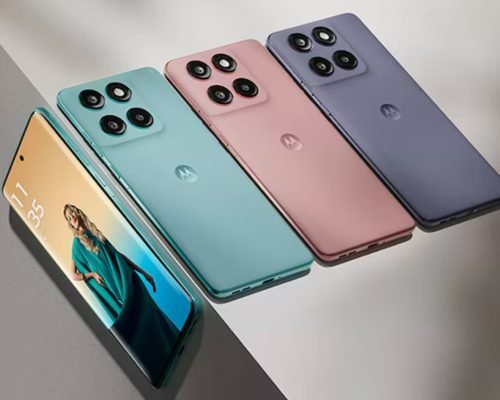In the last few years, smartphones have transcended their traditional roles as communication tools and have emerged as powerful platforms for immersive technologies like Augmented Reality (AR) and Virtual Reality (VR). Thanks to continuous advances in both hardware and software, AR and VR are no longer niche concepts limited to dedicated headsets or specialized environments—they are now accessible to millions through the devices in their pockets.

A Technological Leap in Your Pocket
The modern smartphone is a marvel of miniaturized engineering. High-refresh-rate OLED displays, ultra-fast 5G connectivity, multi-core processors, and dedicated AI engines have collectively transformed these handheld devices into capable engines for AR and VR rendering. Whether it’s Apple’s ARKit, Google’s ARCore, or Samsung’s collaboration with XR platforms, smartphone ecosystems are rapidly embracing immersive technology at their core.
Improved camera systems with depth sensors, LiDAR, and machine learning allow real-time scene recognition and environment mapping, essential for seamless AR overlays. On the VR front, smartphones now support high-definition content streaming and gyroscopic sensors that track head movement with remarkable accuracy—making mobile VR experiences smoother and more lifelike.
Revolutionizing Gaming on the Go
Gaming is at the forefront of AR and VR integration in smartphones. Titles like Pokémon GO, Harry Potter: Wizards Unite, and The Walking Dead: Our World have proven how immersive AR gameplay can captivate massive audiences. These experiences merge physical surroundings with digital elements, creating unique hybrid worlds that engage users in unprecedented ways.
Now, with more advanced hardware, we’re seeing a shift toward more graphically intensive and interactive AR/VR games. Multiplayer augmented reality games are also gaining traction, thanks to improved location tracking and real-time cloud synchronization, allowing users to play together in shared augmented environments.
Education Through Immersion
AR and VR are redefining how education is delivered, and smartphones are central to this transformation. Educational apps using AR bring textbooks to life—imagine pointing your phone at a diagram and seeing it animate in 3D. For medical students, VR anatomy apps on smartphones can offer immersive lessons in human biology without needing a lab.
Augmented classrooms powered by smartphones are helping bridge the digital divide, especially in developing countries. Students can access immersive learning modules right from their devices, making learning more interactive, inclusive, and effective.
Professional Training and Business Applications
In the corporate world, smartphones are enabling remote professional training like never before. AR apps can assist field workers by overlaying digital instructions on real-world machinery. Surgeons can simulate procedures using VR modules accessible through mobile apps. Retailers use AR for virtual product try-ons, and real estate agents employ it to give immersive walkthroughs of properties—all powered by smartphones.
These real-world applications are not only cost-effective but also significantly reduce training time, improve retention rates, and enhance employee engagement.
Challenges and Future Outlook
While the progress is impressive, challenges remain. Mobile VR still lacks the depth and precision of headset-based systems. Battery life and thermal limitations can also impact prolonged usage. However, the gap is narrowing rapidly.
The future of AR and VR on smartphones looks promising with the emergence of technologies like spatial computing, wearable-smartphone integration (such as Apple Vision Pro’s ecosystem), and AI-powered AR experiences. These innovations will further elevate the quality, accuracy, and usability of immersive content.
Conclusion
Smartphones are no longer just passive tools for consuming content—they are becoming active conduits for immersive interaction. As AR and VR continue to mature, and as devices become more powerful and interconnected, smartphones will play an even more central role in shaping how we play, learn, and work in digital spaces.













